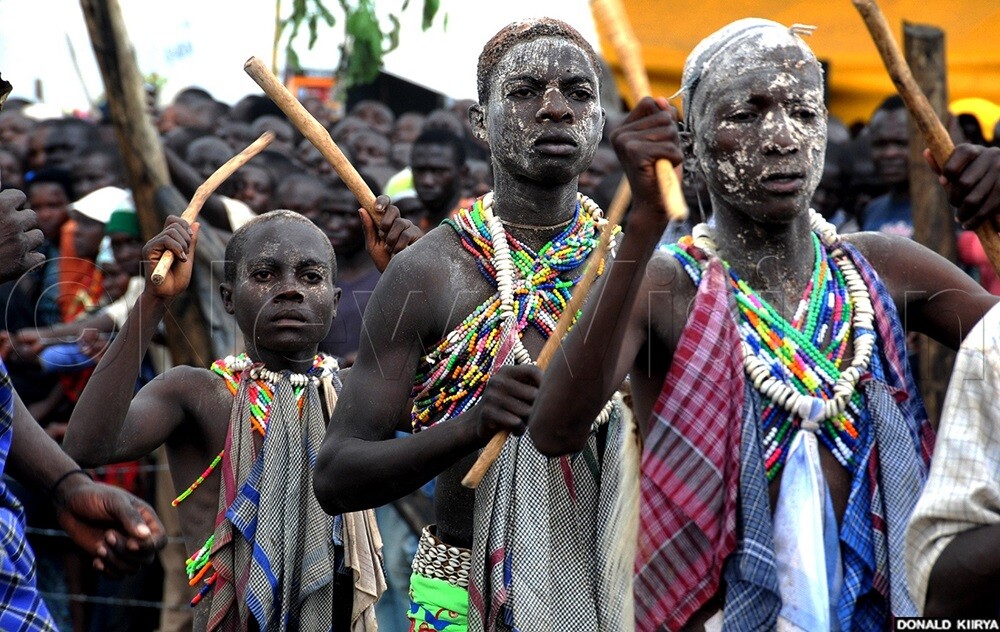By Steven Masiga
Circumcision among the Bamasaaba is a practice dating back a few hundred years. Many of our ancestors passed away without undergoing this ritual. There is no settled literature among the Bamasaaba and Bakonzo regarding the exact origins of circumcision.
However, there are several theories and myths surrounding its evolution. Among the Bakonzo, circumcision was primarily for hygiene and aesthetic reasons.
Among the Bamasaaba, there are two prevailing theories regarding the evolution of circumcision. The first theory suggests that circumcision originated as a form of cultural punishment for defilers and rapists. It is said that in Mutoto in the early 1600s, a man known for having sexual relations with other men’s wives underwent subincision as punishment.
Surprisingly, after the circumcision, many women sought him out for sexual encounters, leading other men to undergo circumcision to enhance their sexual experiences. The second theory suggests a connection between circumcision and marriage.
According to this theory, one of the sons of Kundu, the founder of the Bamasaaba, encountered a woman in the forest during a hunting trip. The woman imposed a condition for marriage, which included circumcision. This event is believed to have led to the widespread practice of circumcision among the Bamasaaba.
The origin of circumcision in Africa may have begun with the invention of sharp tools, which were useful for the procedure. Egyptians and Ethiopians practised circumcision much earlier than any African tribe. Circumcision refers to the removal of the foreskin from a person’s penis and has various forms. Aboriginals of Northern Australia have practised circumcision for thousands of years.
If we follow the theory of migrations in Africa, it’s plausible that the Bamasaaba and Bakonjo adopted circumcision along their journeys. While many Nilotic groups feared and resisted circumcision, some Bantu tribes, like the Bagisu and Bakonjo, embraced the practice.
While traditional circumcision is declining among the Bamasaaba and Bakonjo, many candidates now opt for medically induced circumcision. This shift is partly due to challenges like food shortages, which affected the timing of traditional ceremonies.
However, cultural leaders like Umukuka III of Bamasaaba, and His Royal Highness, Jude Mike Mudoma, encourage early planning and sufficient crop cultivation to support traditional practices.
Circumcision holds significant cultural value among circumcising tribes, such as the Bamasaaba and Bakonjo. In some cultures, like the Bamasai, uncircumcised individuals may have lower social status.
Despite legends suggesting fear of circumcision among neighbouring tribes, Uganda’s legislative efforts support cultural practices, including circumcision, under laws like the Cultural Leaders Act 2011 and the Constitution of Uganda.
Do you have a story or an opinion to share? Email us on: dailyexpressug@gmail.com Or follow the Daily Express on X Platform or WhatsApp for the latest updates.
Steven Masiga is a researcher, PhD student from Mbale and the Spokesperson of Inzu Ya Masaaba

